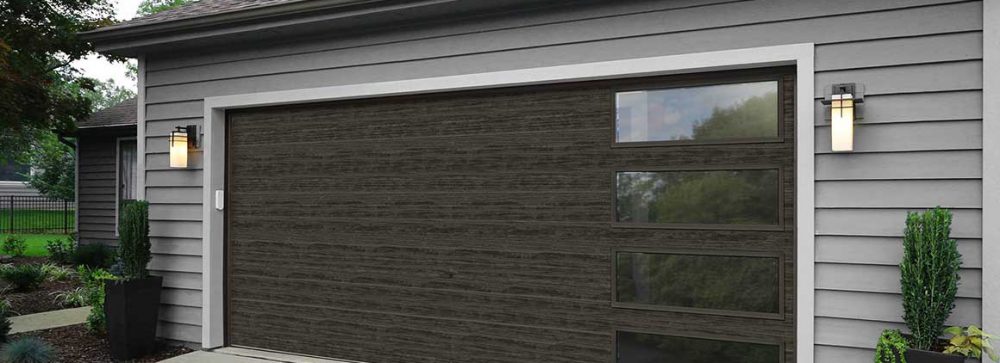
Whenever any construction project kicks-in, it is not only made by hampering steel, concrete or bricks. But involve so many elements that layman never heard of them. Not only the construction material that is used to build structure is required but other things are not used in the building but needed to complete the building. For example, tower cranes, excavators, labour etc. The list of these associated components is nearly endless because the nature of the things used in the project varies from its nature. The equipment needed to build a bridge is significantly different from the equipment required for residential building. But they are a few things that you will be seeing in all type of construction project. Their type varies due to their material composition but they perform the same function in all the project. One of those components is formwork in perth.
Now nearly every construction needs concrete. The concrete is a mix of cement, crush, sand and admixture to form the mixture that will strengthen the structure. Alone cement cannot provide the same strength that can be achieved by concrete. Also, the concrete is enforced by steel, this combination provides the utmost strength to support the building structure. But the concrete pouring is not simple as it sounds because the temperature of concrete is high while pouring, and they need to be contained properly, that it may turn out in right shape to provide the support. To provide the right aid to the concrete, the formworks are used. The formwork is prefabricated moulds that can be fixed at the position where the concrete will be poured. Different types of material are used to make stairs formwork in perth.
- Timber formworks: The timber can be said as the traditional material for formwork. The initial formworks were made of the timber only. Usually, these formworks are used by using timber and plywood board. They are easy to produce on a mass scale but they are not durable compare to other material types. Their lifespan is short, that’s why they are not good for large construction projects. But the timber framework, due to variability in their production, provides flexibility in terms of their utility in complicated sections during construction.
- Engineered Formworks: These formworks can be prefabricated and usually made of aluminium, steel or other metals. They are durable as compare to timber formwork, can easily be assembled or disassembled with help of screws, nails or clamps etc. As they can be used for a longer time and the same formwork can be used on different projects, they come out as the cheapest solution
Plastic Formworks: They are also reusable plastic formwork, that can be built into the interlocking and modular structure. They are lightweight and perfect to use for complicated areas in construction. Due to their lightness and ease of use, these formworks are now widely in use but they are expensive, compare to engineered formwork.
